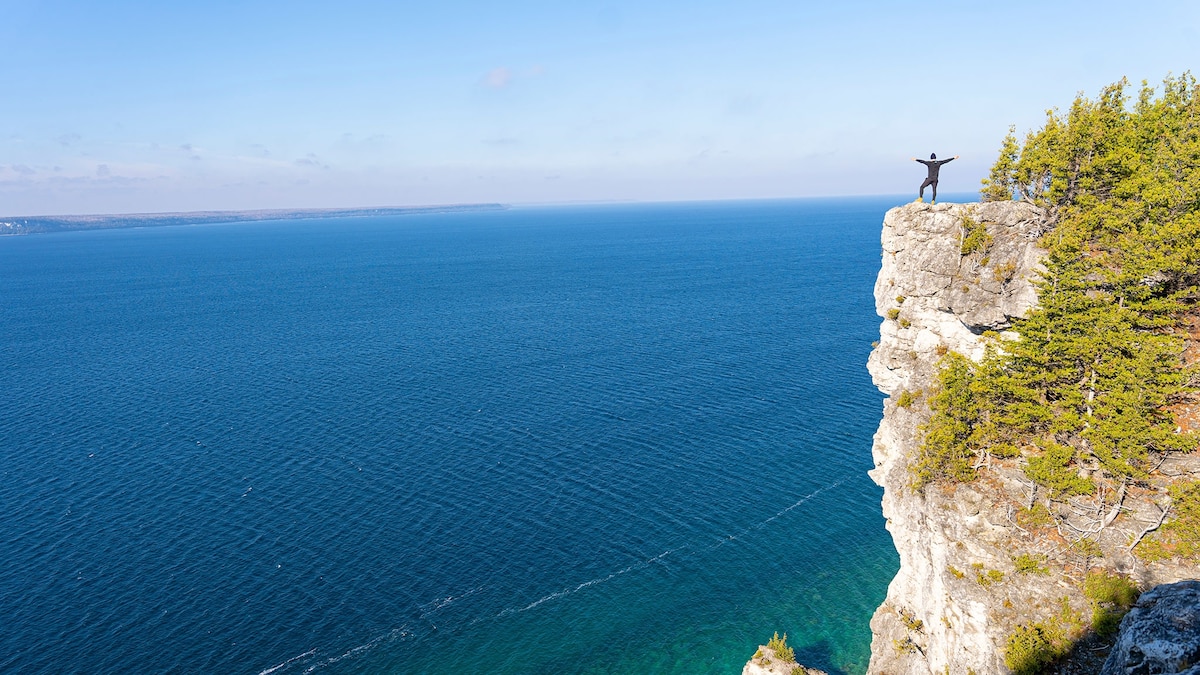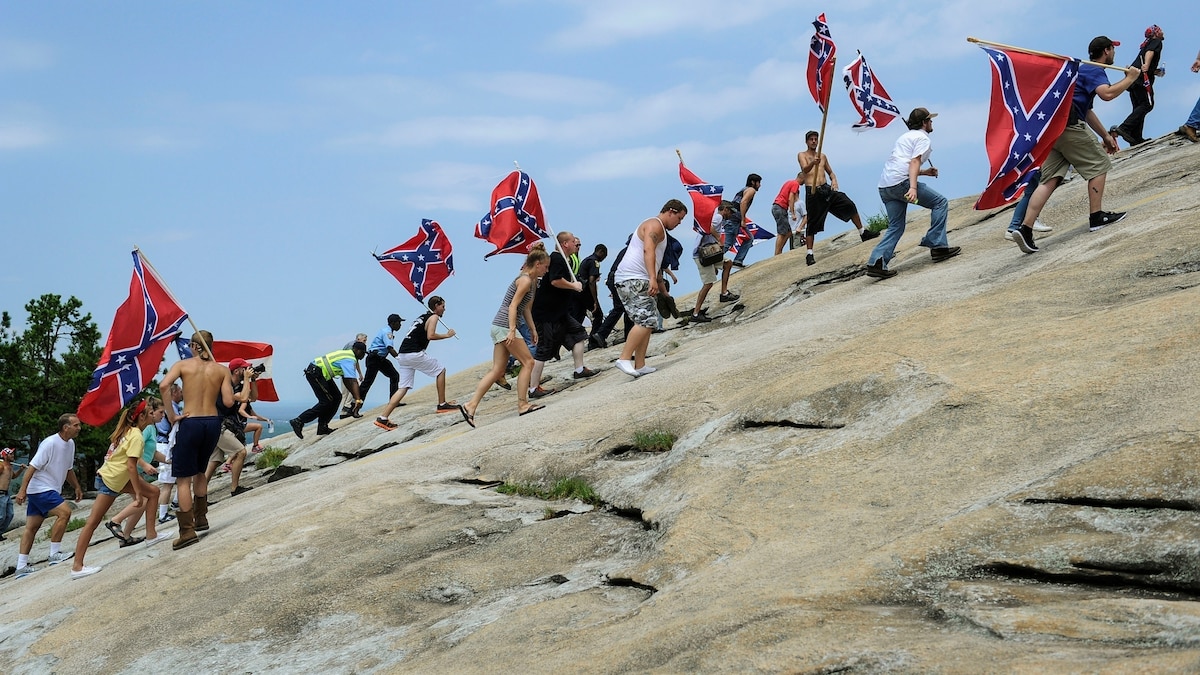Now Reading: Canada’s Oldest Hiking Trail: A 560-Mile Journey Through Urban and Wild Landscapes
1
-
01
Canada’s Oldest Hiking Trail: A 560-Mile Journey Through Urban and Wild Landscapes
Canada’s Oldest Hiking Trail: A 560-Mile Journey Through Urban and Wild Landscapes

Quick Summary
- The Niagara Escarpment,formed over 415 million years ago,hosts the Bruce Trail,stretching 560 miles (900 kilometers) from Niagara Falls to the Bruce Peninsula in Ontario,Canada.
- The trail traverses diverse regions like coniferous forests, wetlands, and some of Canada’s most densely populated areas.
- Over two million people use the trail annually; an end-to-end hike takes approximately 35-45 days or longer if completed in segments. Some runners have covered it in less than nine days.
- The Bruce Trail Conservancy protects about 16,000 acres along the trail through land acquisitions. It buys up to 20 properties per year to safeguard green spaces amid urban expansion.
- Diverse wildlife thrives across the UNESCO World Biosphere site: species include Bobolink birds and Jefferson salamanders (endangered), with fossils collected from as far back as Silurian Period of Earth’s history.
- Key past aspects include Indigenous peoples’ routes and its role in aiding enslaved African-Americans via Canada’s Underground Railroad network.
- Accommodations vary from free campgrounds to hotels close to local attractions like pubs or galleries making accessible extended-length rest-hike sequences targeting adventurers specific subset comforts.
Indian Opinion Analysis
The Bruce Trail represents a remarkable blend of biodiversity preservation and cultural history intertwined with modern recreational opportunities justifying why Canadians preserved these landmark projects despite rise urban infrustractures majorly surrounds outdoor experiences
Stay Informed With the Latest & Most Important News
Previous Post
Next Post
Loading Next Post...




























